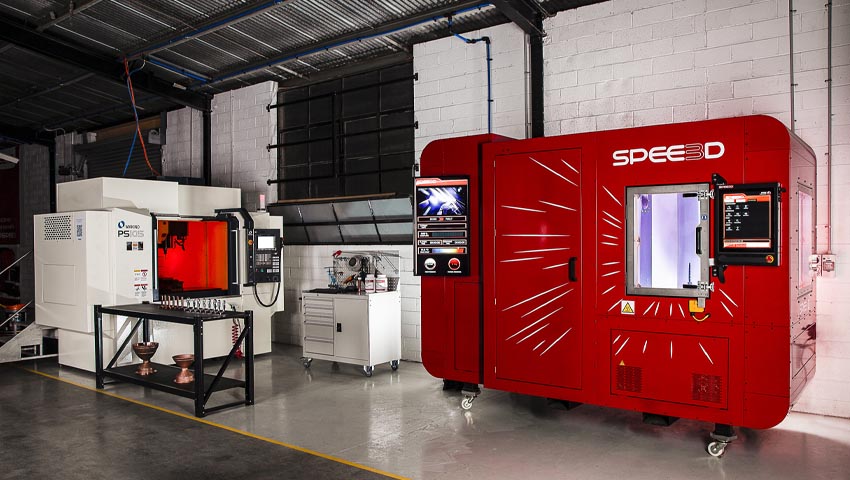Defence Industry Minister Melissa Price has confirmed that a cutting-edge 3D printing technology developed in Darwin and initially used by the Royal Australian Navy will now be rolled out and used by the Australian Army.
The partnership between Defence, Melbourne company SPEE3D and Charles Darwin University (CDU) will deliver a 12-month trial of the new metal 3D printing technology for the Australian Army’s 1st Combat Service Support Battalion.
Minister for Defence Industry Melissa Price said the government’s $1.5 million investment in the 3D printing technology will fast-track Army’s supply chain and increase capability.
"The partnership with CDU and SPEE3D demonstrates Defence’s continued commitment to embracing advanced technologies that will speed up our processes," Minister Price explained.
"This will reduce the requirement for our soldiers to deploy with bulky repair parts, redefining how logistics are deployed on the future battlefield. It’s a great example of how Australian industry is at the forefront of global innovation, and providing unique solutions to filling capability gaps."
CDU and the Army are also working to develop an educational program covering the fundamentals of design, 3D modelling and printing through to testing and certification.
SPEE3D printers enable the most affordable metal additive manufacturing process in the world. They make metal parts the fastest way possible, leveraging metal cold spray technology to produce industrial quality metal parts in just minutes, rather than days or weeks.
The process harnesses the power of kinetic energy, rather than relying on high-power lasers and expensive gasses. And for the first time it allows the flexibility of metal 3D printing at normal production costs.


